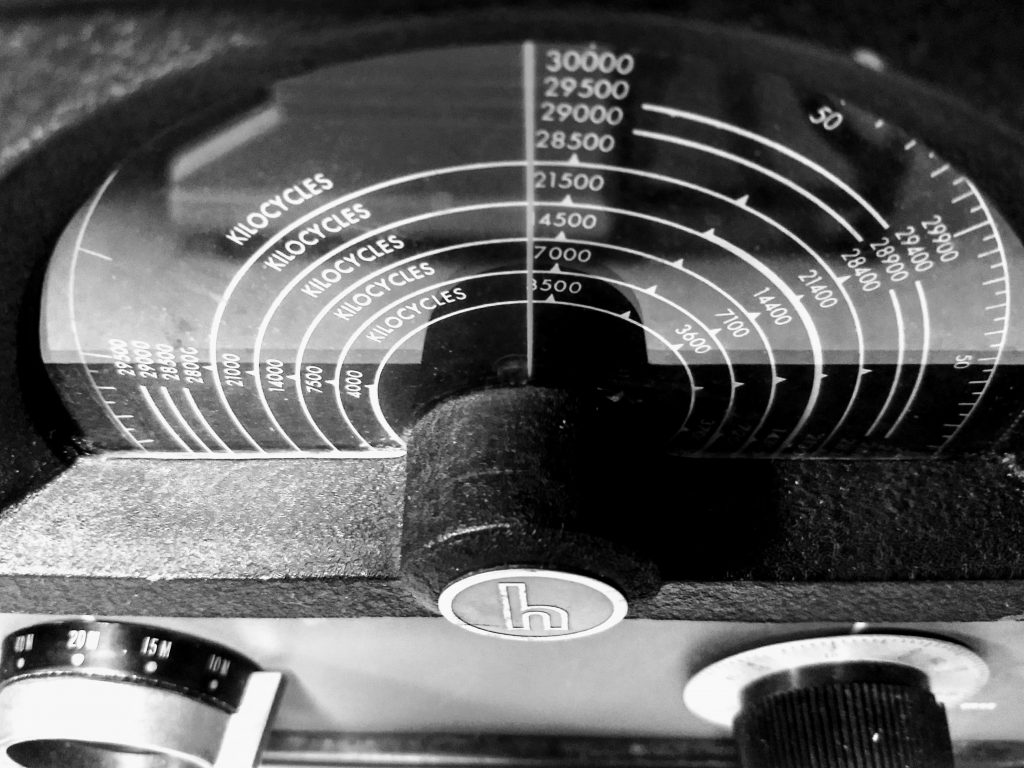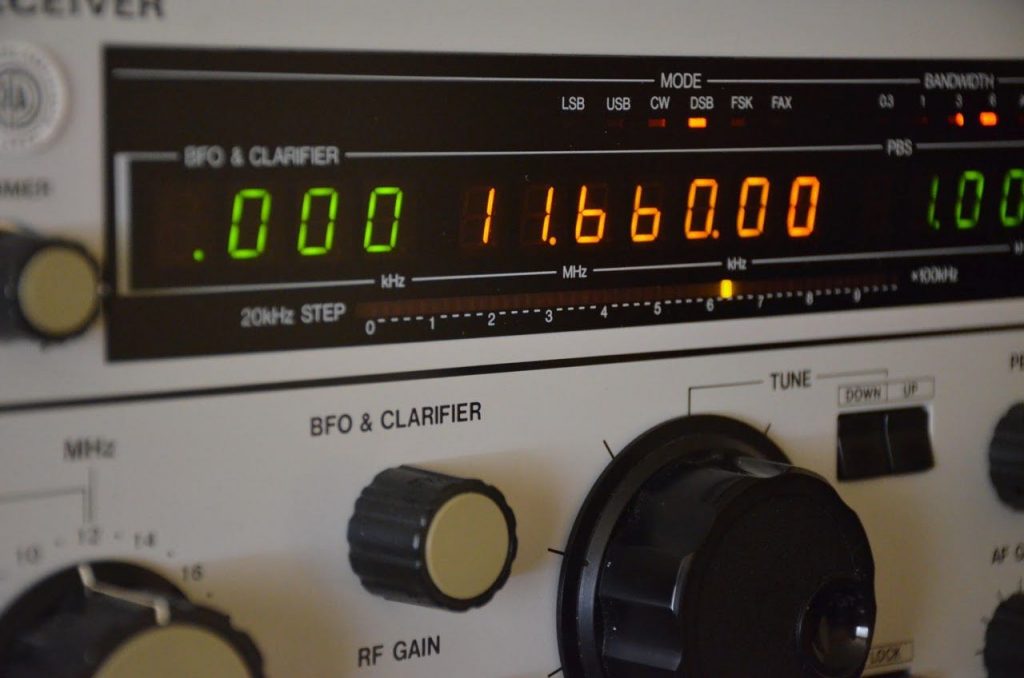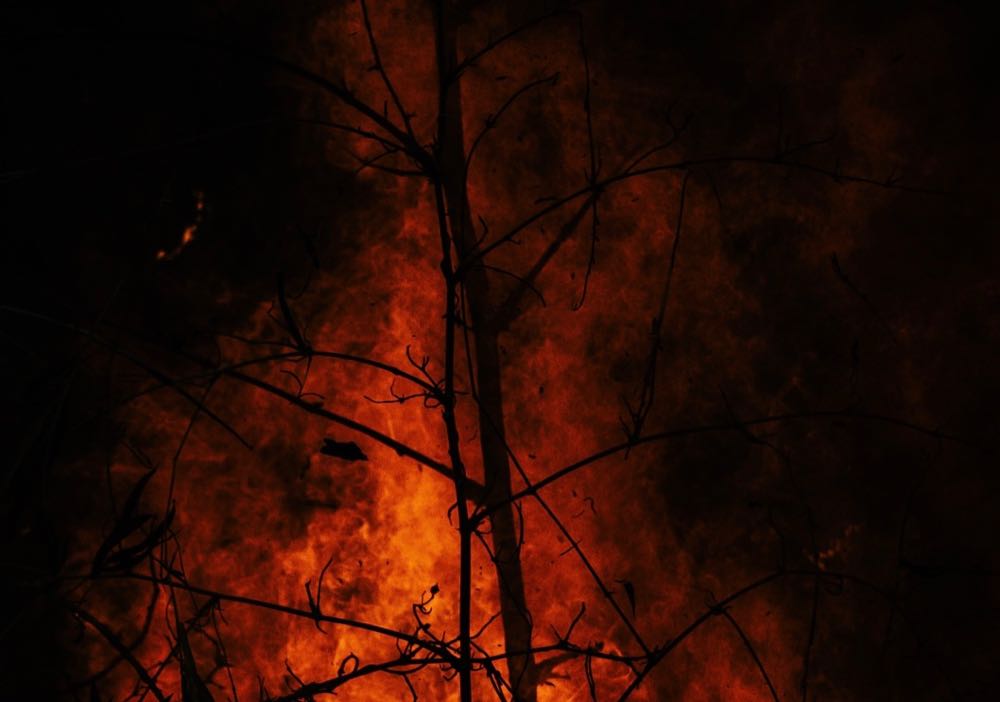 Radio Waves: Stories Making Waves in the World of Radio
Radio Waves: Stories Making Waves in the World of Radio
Because I keep my ear to the waves, as well as receive many tips from others who do the same, I find myself privy to radio-related stories that might interest SWLing Post readers. To that end: Welcome to the SWLing Post’sRadio Waves, a collection of links to interesting stories making waves in the world of radio. Enjoy!
Many thanks to SWLing Post contributors Michael Bird and Ted Miller for the following tips:
Meet The Man Who Brought Russian State Radio To Kansas City (KCUR)
The man responsible for broadcasting Russian state programming in the Kansas City area says he always dreamed of owning a radio station.
Today he owns two, plus a small fleet of radio transmitters across the Kansas City metro.
But money remains tight, he laid off his staff years ago and the stations sell airtime to local residents and religious organizations at cut-rate prices. He hasn’t given himself a paycheck in months.
So Pete Schartel’s ears perked up a while back when he heard that Radio Sputnik pays $30,000 a month to broadcast its programming in Washington, D.C.
“I’m going, ‘Oh my Lord, that’s twice what my whole budget is,’” he told KCUR in a two-hour interview at his flagship station, KCXL, last week. “They must have some money. Let’s investigate this.”
Schartel found Arnold Ferolito, the broker who negotiated the 2017 deal to broadcast Russian programming 24 hours a day in Washington, and made his pitch: “We’re right in the middle of the country. This would be a good test market.”[…]
Something in Deep Space Is Sending Signals to Earth in Steady 16-Day Cycles (Vice)
Scientists have discovered the first fast radio burst that beats at a steady rhythm, and the mysterious repeating signal is coming from the outskirts of another galaxy.
A mysterious radio source located in a galaxy 500 million light years from Earth is pulsing on a 16-day cycle, like clockwork, according to a new study. This marks the first time that scientists have ever detected periodicity in these signals, which are known as fast radio bursts (FRBs), and is a major step toward unmasking their sources.
FRBs are one of the most tantalizing puzzles that the universe has thrown at scientists in recent years. First spotted in 2007, these powerful radio bursts are produced by energetic sources, though nobody is sure what those might be. FRBs are also mystifying because they can be either one-offs or “repeaters,” meaning some bursts appear only once in a certain part of the sky, while others emit multiple flashes to Earth.
Pulses from these repeat bursts have, so far, seemed somewhat random and discordant in their timing. But that changed last year, when the Canadian Hydrogen Intensity Mapping Experiment Fast Radio Burst Project (CHIME/FRB), a group dedicated to observing and studying FRBs, discovered that a repeater called FRB 180916.J0158+65 had a regular cadence.[…]
A New-Cycle Sunspot is Forming (SpaceWeather.com)
Today, [February 7, 2020] a new sunspot is emerging in the sun’s southern hemisphere, right here. Its magnetic polarity identifies it as a member of Solar Cycle 25, the long-awaited next solar cycle. Although solar activity remains low, this new-cycle spot continues the recent trend of intensifying Solar Cycle 25 sunspot formation. Apparently, Solar Minimum won’t last forever….www.spaceweather.com
ABC Friends’ Special Bushfire Edition of Update (ABC Friends)
British natural historian David Attenborough has described this summer’s fires as ‘a major international catastrophe.’ Read gripping personal accounts of bushfire experiences, analysis from our National President Margaret Reynolds and Vice-President Professor Ed Davis, selected articles from journalists, reports from the ABC, and the observations of many ordinary Australians on the role of the ABC as our Emergency Broadcaster.
The ABC’s Emergency Broadcasts saved lives and kept families safe. Hundreds of ABC staff, many returning early from leave and working in extreme conditions, brought stories, pictures, sound and essential emergency information to every corner of Australia. It is appalling that many ABC staff are facing redundancy as a result of the recent $83.7 million budget cuts inflicted on the ABC by the Morrison government, on top of the $250m in cuts since 2014.
ABC Friends will be in Canberra when parliament resumes to demand the restoration of funds so that our ABC remains strong and independent.
Update is the national membership magazine of ABC Friends. Not a member? Sign up here.


